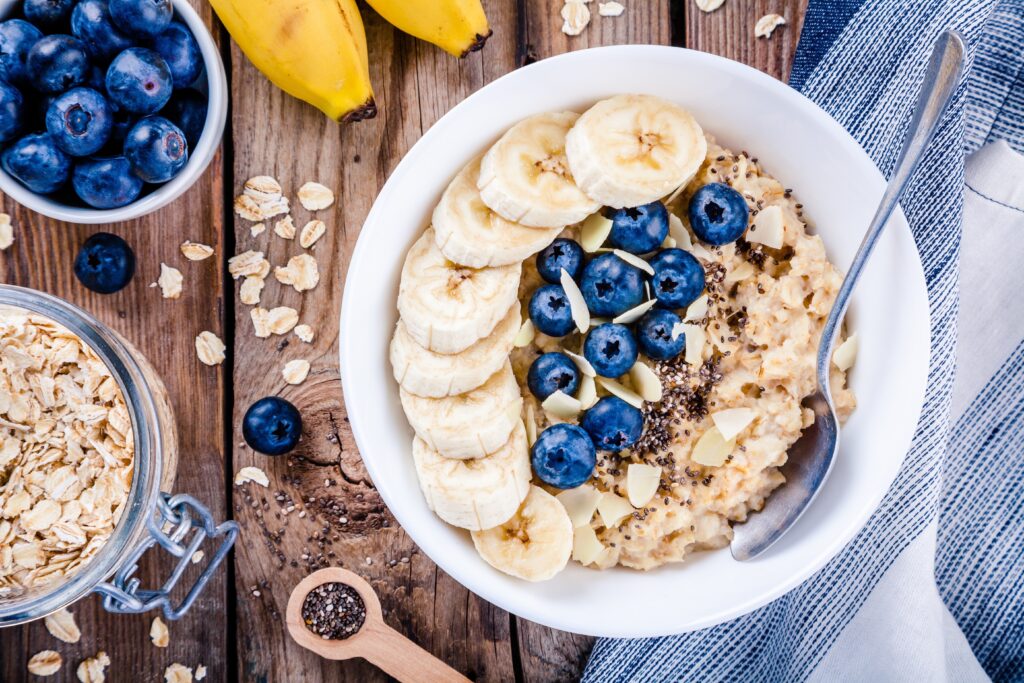Amy Stephens
MS, RDN, CSSD, CEDS
Licensed dietitian
specializing in sports nutrition
and eating disorders
MS, RDN, CSSD, CEDS
Licensed dietitian
specializing in sports nutrition
and eating disorders
If you’re an athlete dealing with an injury, adjusting your diet can aid in recovery and overall health. The best nutrition to support healing from soft tissue injuries like pulled muscles, strained tendons or damaged cartilage will differ from the best nutrition for hard tissue injuries like fractured or broken bones. Regardless of the type of injury, and whether your recovery period lasts a few days or a few months, and can be treated simply with rest or rehabilitation or even surgery, nutrition plays an important role in getting you back to your sport.

Nutrition through a period of injury can be particularly challenging for athletes with a history of eating disorders, as lower levels of activity may trigger negative thoughts or behaviors. If you find yourself overwhelmed by your eating plan or constantly thinking about food, it’s essential to reach out to a qualified sports dietitian for additional support.
The following dietary considerations will promote healing and strength through an injury: